Dispersion Staining, Phase ContrastMatch at 589 nanometers wavelength 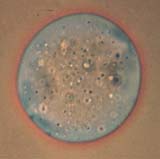
Match at 630 nanometers wavelength, Chrysotile Asbestos Perpendicular to length, Amosite Asbestos Perpedicular to length (650) 
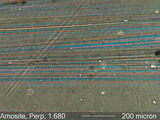
Match at 440 nanometers wavelength, Amosite Asbestos Parallel to length 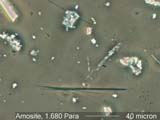
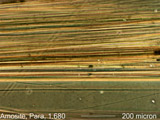
Match at 600 nanometers wavelength, Amosite Asbestos Perpendicular to length, Anthophyllite Asbestos Perpendicular to length (590) 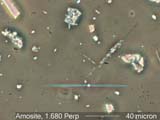
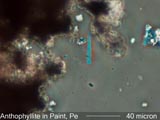
Match at 670 nanometers wavelength, 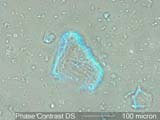
Match at 530 nanometers wavelength, Optical Glass, Chrysotile Asbestos Parallel to length (540) 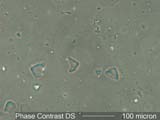

Match at 490 nanometers wavelength, Optical Glass Particles, Anthophyllite Asbestos Parallel to Length (480), 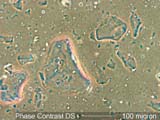
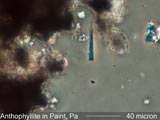
Match at 460 nanometers wavelength 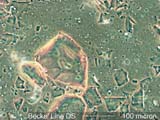
|

